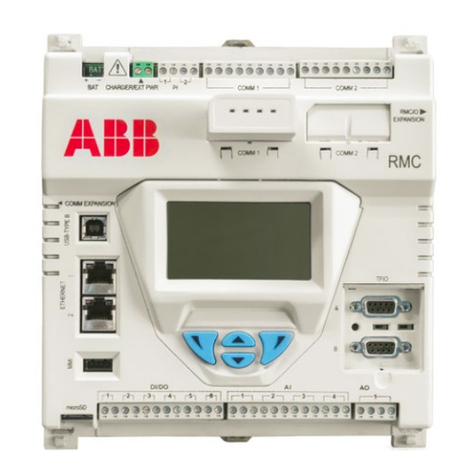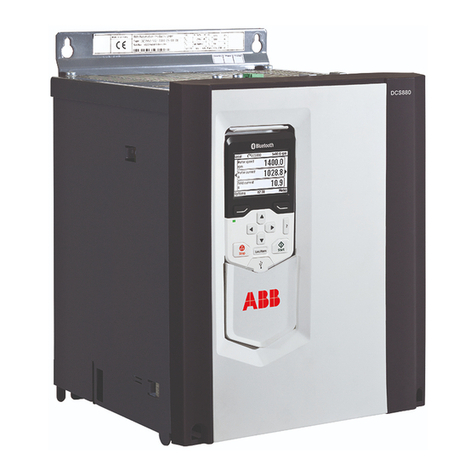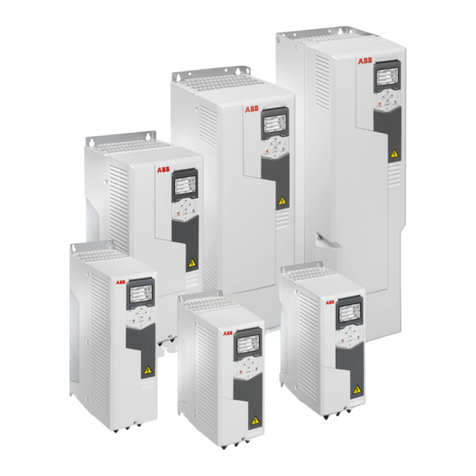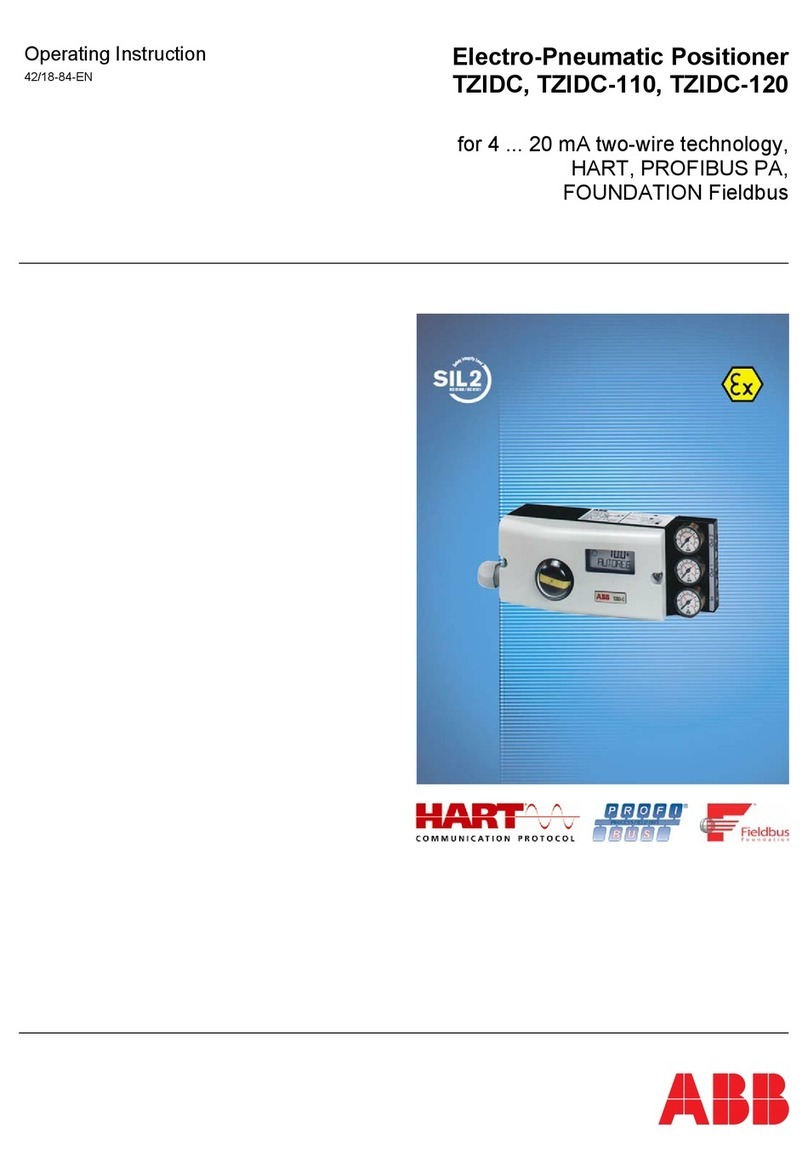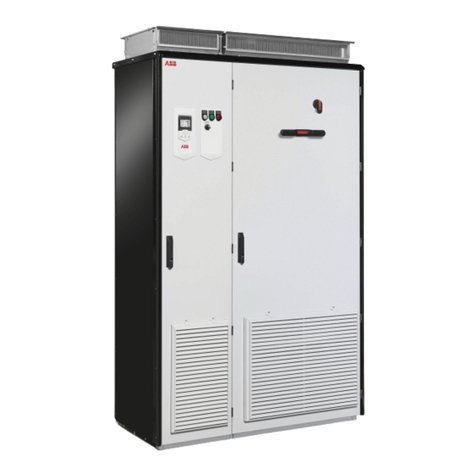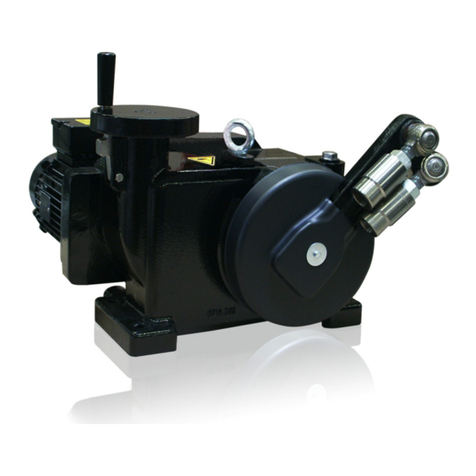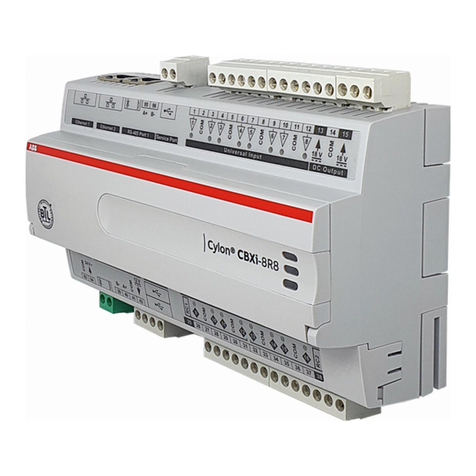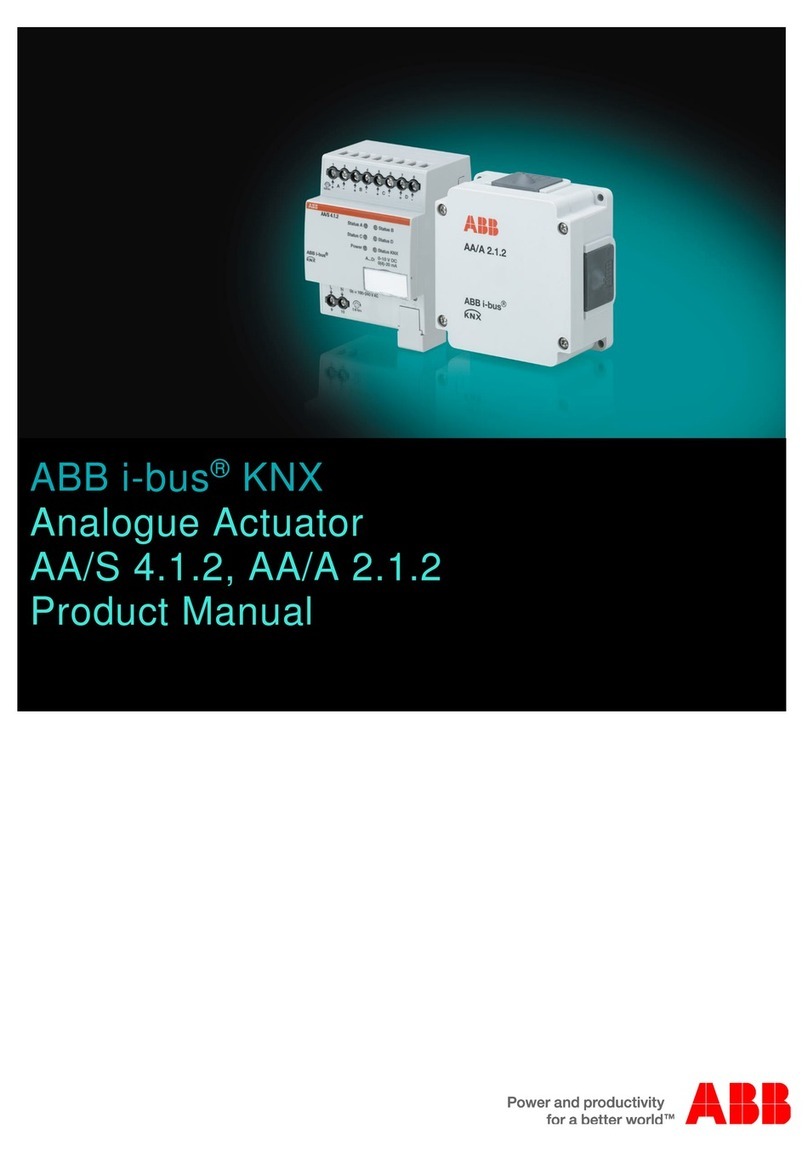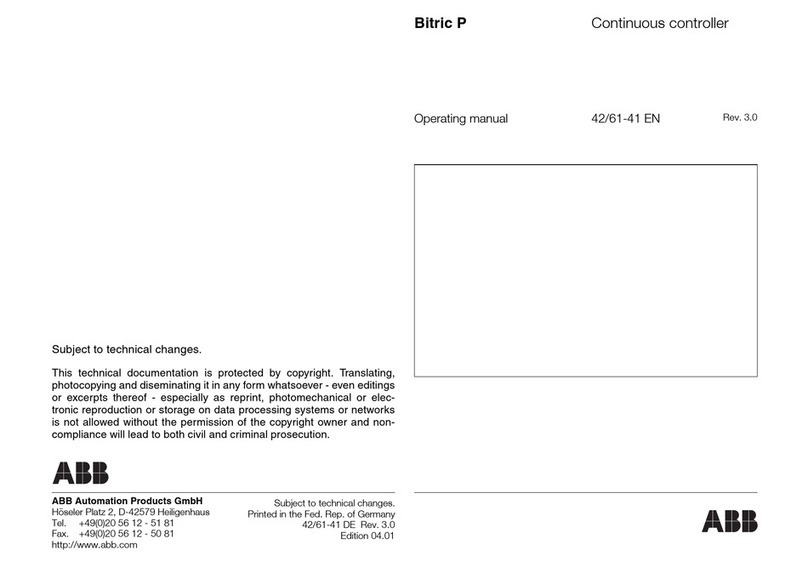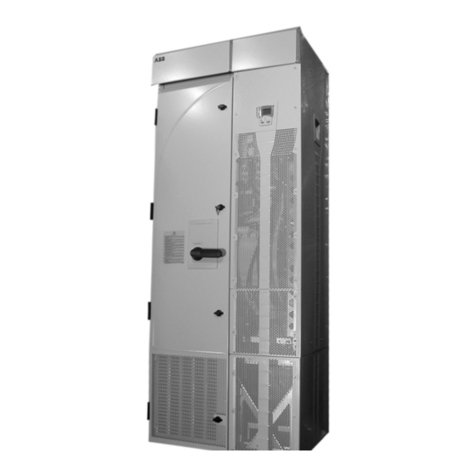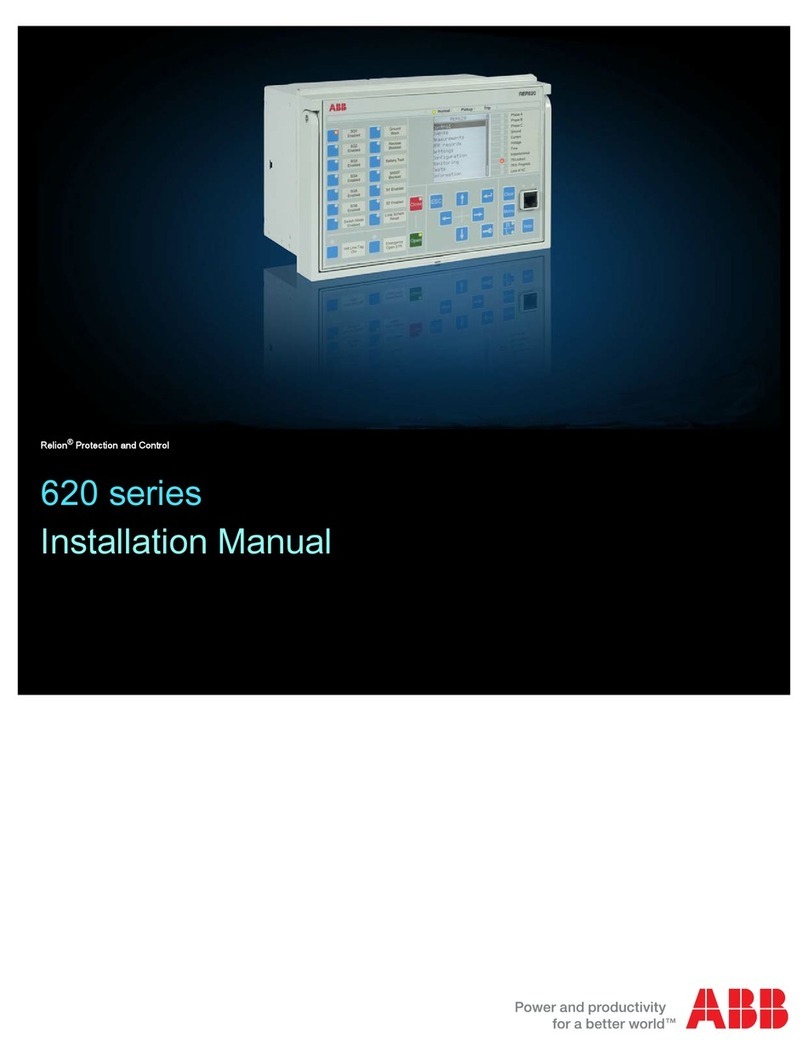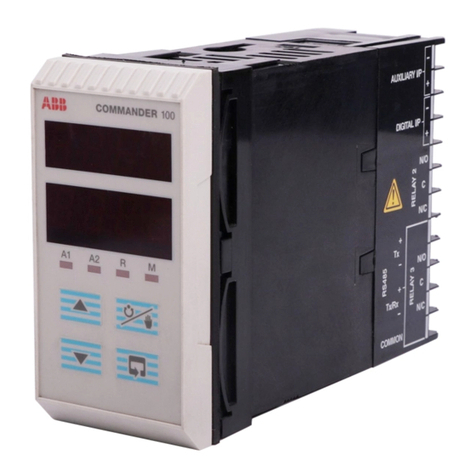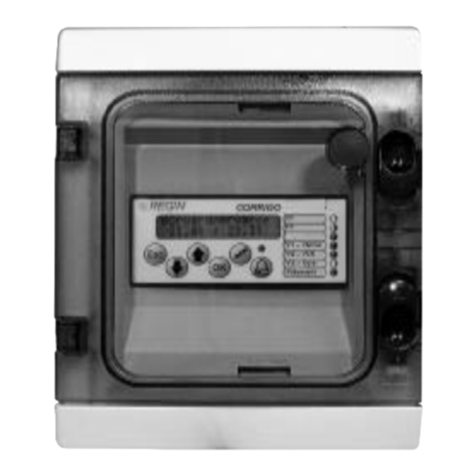ABB i-bus EIB RC/A 8.1 User manual
Other ABB Controllers manuals
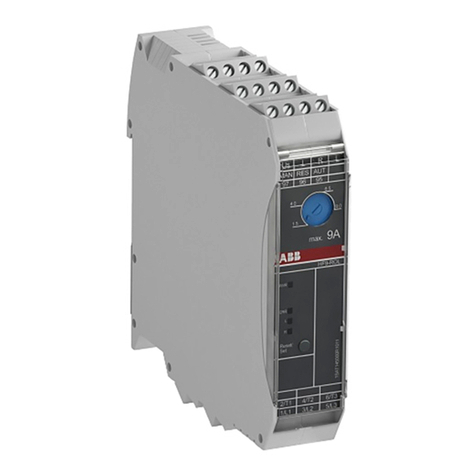
ABB
ABB HF Series User manual
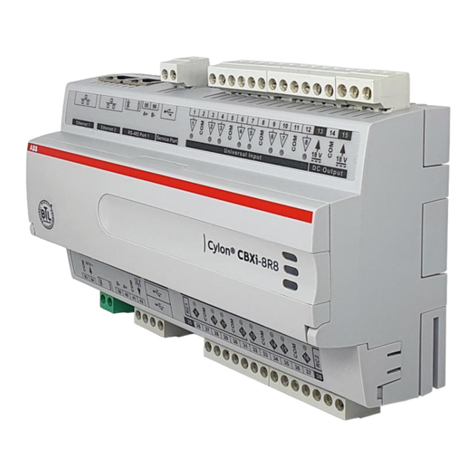
ABB
ABB CBXi Series User manual
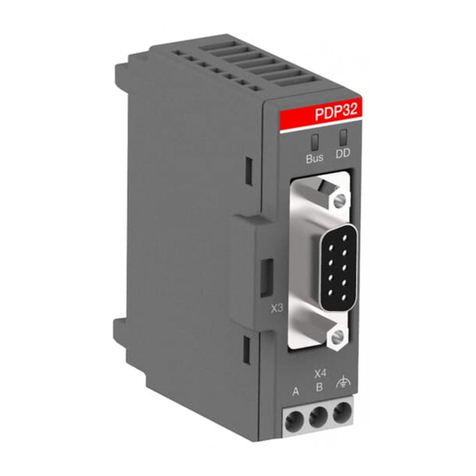
ABB
ABB PDP32.0 User manual
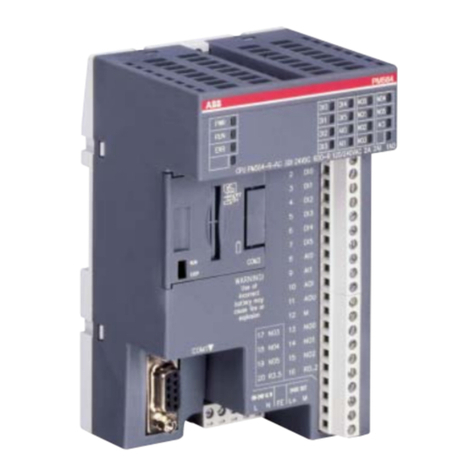
ABB
ABB PM564-R-AC User manual
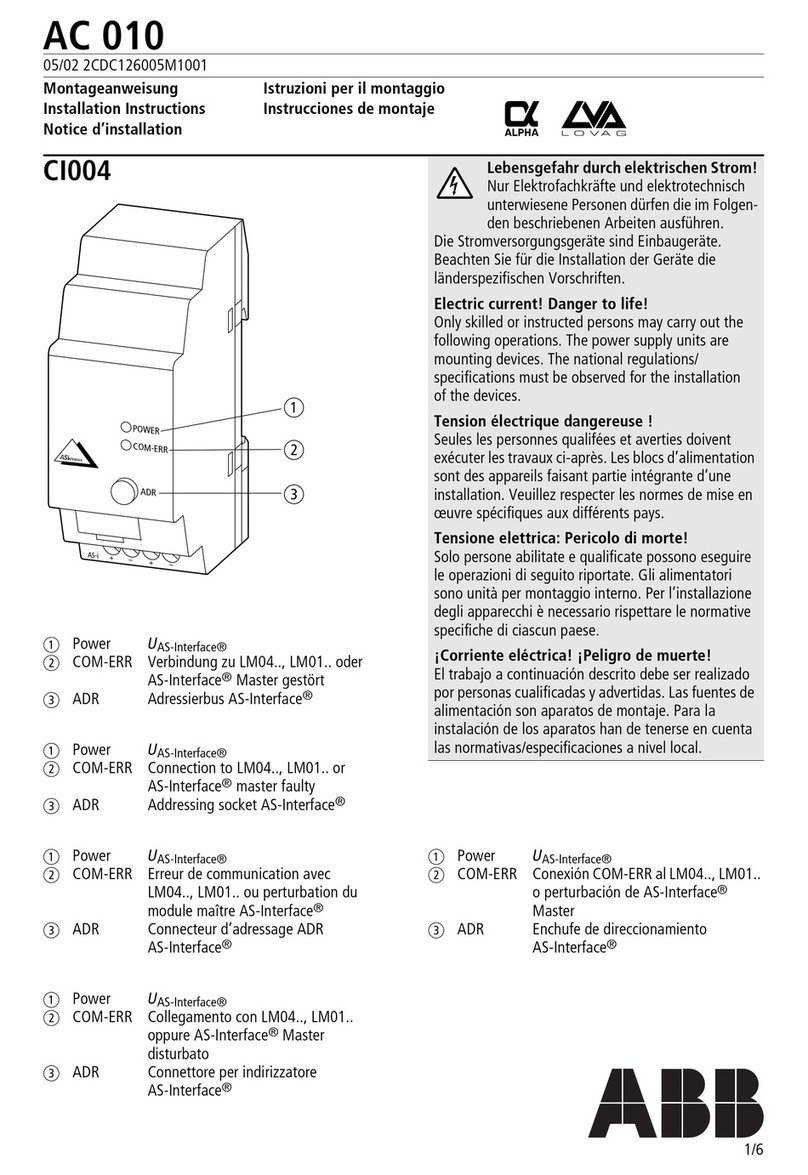
ABB
ABB AC 010 User manual
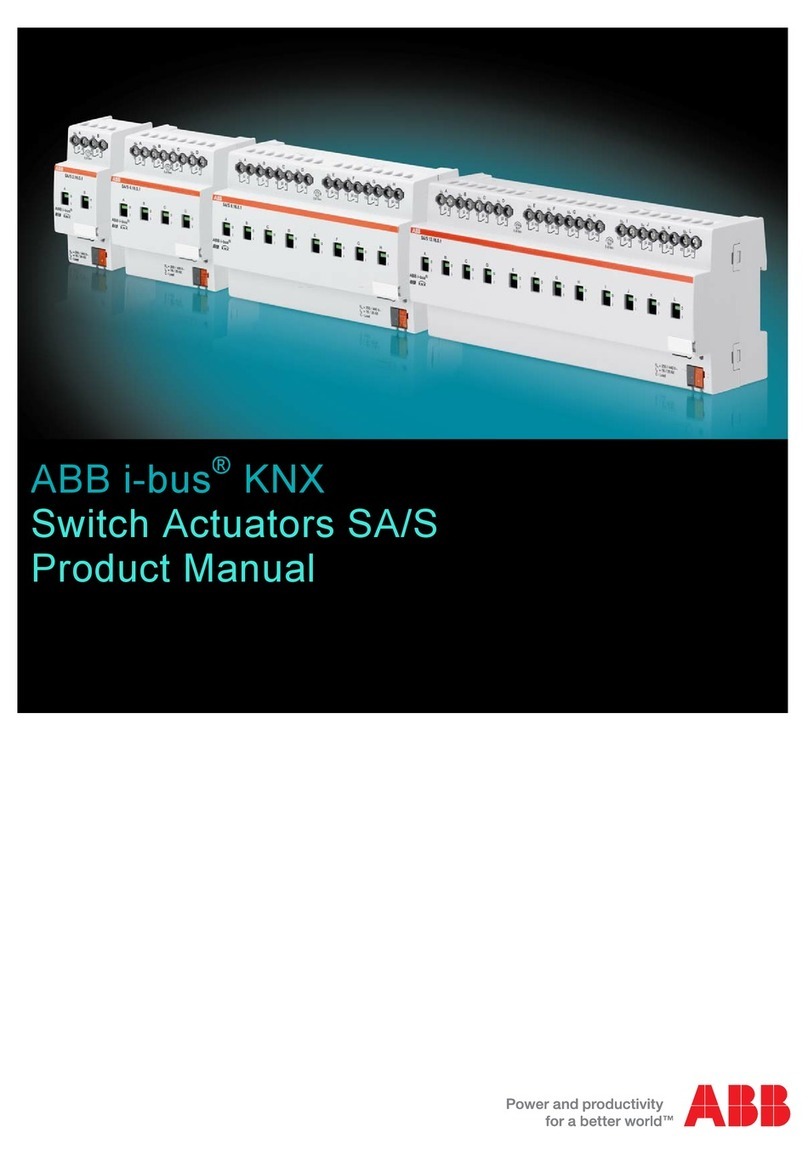
ABB
ABB i-bus SA/S 12.16.6.1 User manual
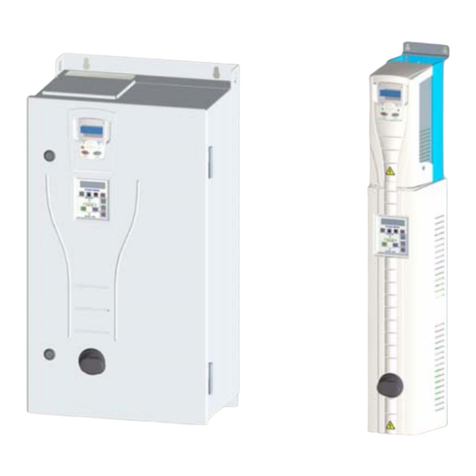
ABB
ABB ACH550 series User manual

ABB
ABB Relion 620 Series User manual
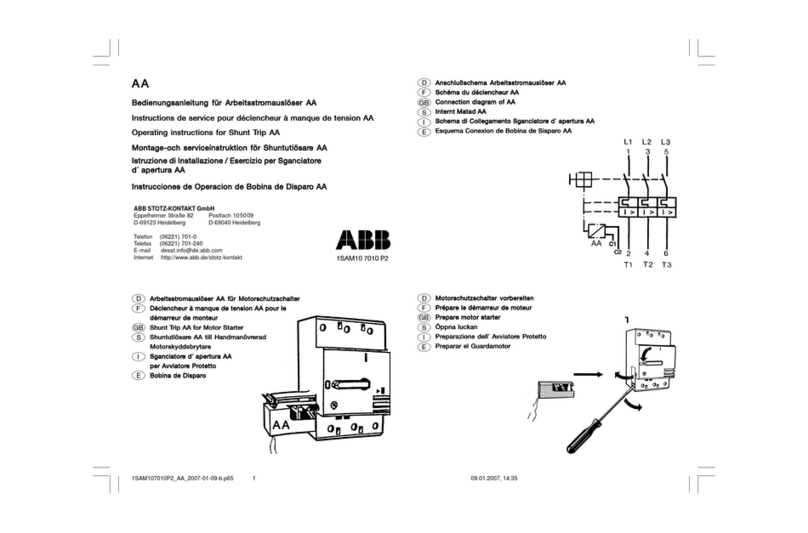
ABB
ABB Shunt Trip AA User manual
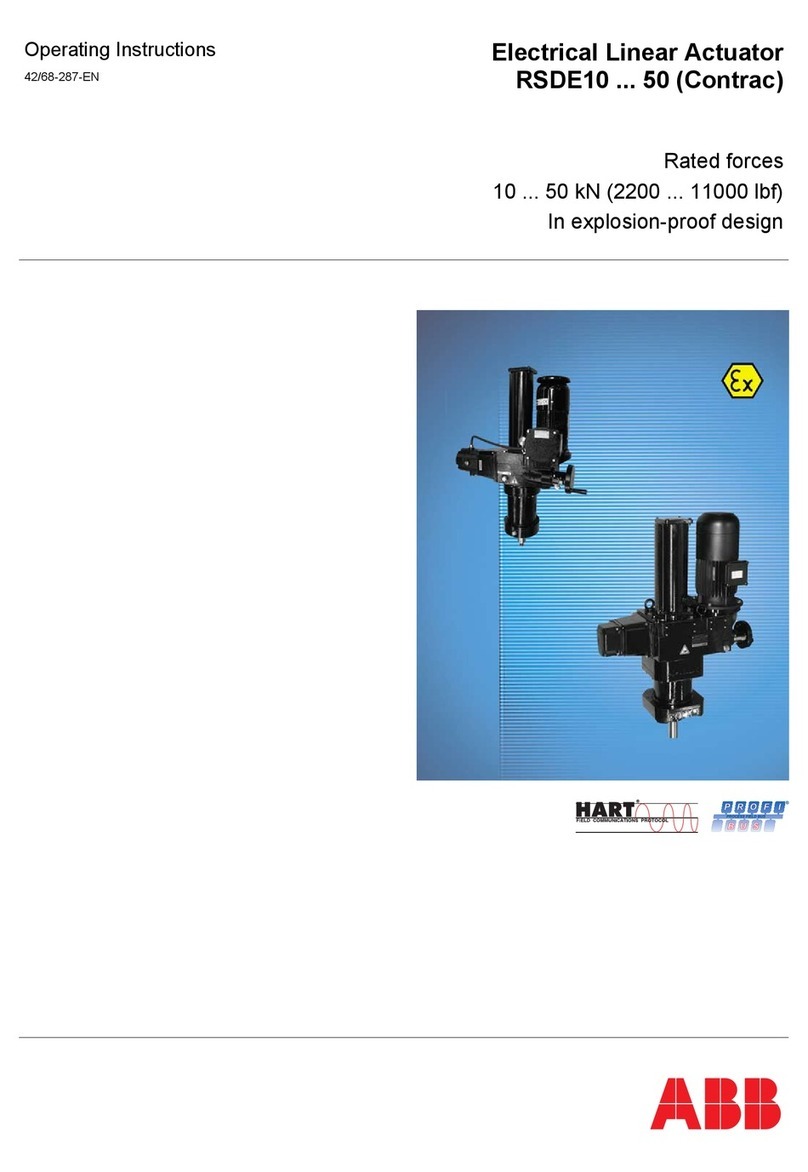
ABB
ABB HART RSDE10 User manual
Popular Controllers manuals by other brands

Digiplex
Digiplex DGP-848 Programming guide

YASKAWA
YASKAWA SGM series user manual

Sinope
Sinope Calypso RM3500ZB installation guide

Isimet
Isimet DLA Series Style 2 Installation, Operations, Start-up and Maintenance Instructions

LSIS
LSIS sv-ip5a user manual

Airflow
Airflow Uno hab Installation and operating instructions
